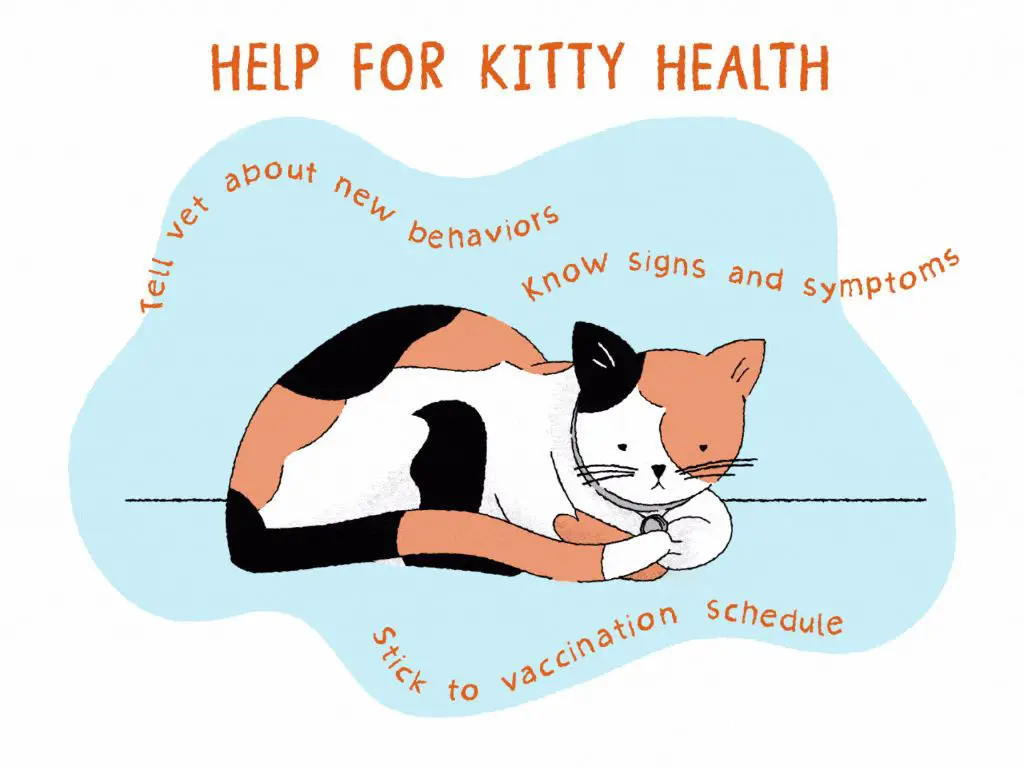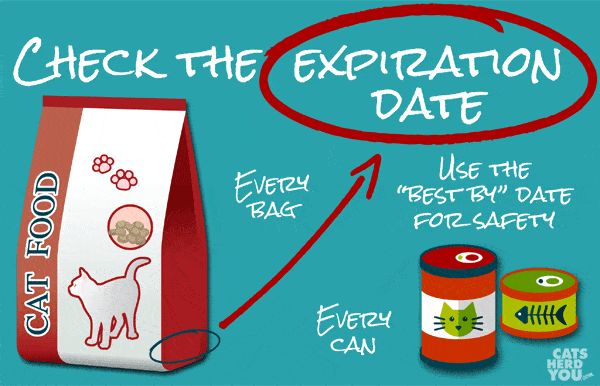Cat kibble, also known as dry cat food, refers to the crunchy, bite-sized pieces of pet food that many cat owners choose to feed their feline companions. Kibble is made by cooking meat meals, grains, vegetables, vitamins and minerals into a dough, which is then extruded through a machine into small pieces and baked (Earthborn Holistic Pet Food). This process of cooking and drying the food increases its shelf life and makes it easy to store. Kibble is designed to provide complete and balanced nutrition for cats in an easily consumed and portable form.
The main purpose of cat kibble is to deliver all the protein, fat, carbohydrates, vitamins, minerals and other nutrients cats need in their diet. The crunchy texture also helps clean cats’ teeth. Many cat owners choose kibble for its convenience – it can be left out for cats to nibble throughout the day, and it does not require refrigeration like wet cat food. Kibble comes in many flavors, shapes and sizes to appeal to finicky felines. Overall, nutritionally balanced kibble provides an easy way to feed cats a healthy diet.
Dry vs Wet Cat Food
Dry cat food has a number of advantages and disadvantages compared to wet cat food. Some of the main pros of dry cat food include:
- It is more affordable than wet food.
- Kibble can be left out all day for free-feeding cats.
- It is less messy than wet food.
- Dry food can help reduce dental disease when combined with routine brushing.
- Kibble has a long shelf life compared to canned wet food.
However, there are also some downsides to dry cat food:
- It has lower moisture content than wet food.
- Dry food generally contains fewer animal proteins than wet food.
- Kibble has more carbohydrates than wet cat food.
- It may not be ideal for cats with urinary tract problems. https://cats.com/wet-vs-dry-cat-food

Overall, dry food can be a good option for healthy cats but wet food offers more moisture and protein. Consulting with your veterinarian can help determine the best food type for your cat’s needs.
Ingredients in Cat Kibble
Cat kibble contains a variety of ingredients that provide nutritional value. Some of the most common ingredients include:
Meat: Meat provides protein and is an essential nutrient for cats. Chicken, beef, lamb and fish are commonly used in cat kibbles 1. Meat meals, which are meats that have been cooked and concentrated, are also prevalent.
Grains: Grains like corn, wheat, rice and oats are inexpensive sources of carbohydrates, calories and fiber. They help bind the kibble together. However, cats do not need high amounts of carbohydrates, so quality kibbles tend to have fewer grains 1.
Vegetables: Potatoes, peas and carrots add vitamins, minerals and fiber. Common vegetable additions include sweet potatoes, pumpkin and spinach.
Nutritional Value
Cat kibble contains a variety of essential nutrients that cats need to stay healthy. The main nutrient groups in cat kibble are:
Protein
Cats are obligate carnivores, meaning they must eat animal-based proteins to survive. Cat kibble should contain a high amount of quality animal protein from sources like chicken, turkey, fish, lamb, and beef. Kittens require more protein for growth and development. On average, cat kibble contains 26-40% protein.1
Fats
Fats provide essential fatty acids and help cats absorb fat-soluble vitamins. Kitten diets have higher fat content. Cat kibble contains 5-15% fat on average from animal fat, fish oils, and plant oils like sunflower oil.2
Carbohydrates
While cats don’t have an essential need for carbs, kibble contains 30-45% carbohydrates to bind ingredients. Common carb sources are corn, rice, wheat, oats, and barley.
Vitamins and Minerals
Cat kibble is fortified with synthetic vitamins and minerals to meet feline nutritional requirements. This includes vitamins A, B, C, D, E, K, and minerals like calcium, phosphorus, magnesium, potassium, sodium, iron, zinc, copper, and more.
Storage Guidelines
Proper storage of cat kibble is important to maintain freshness and nutritional value. Here are some tips for storing unopened and opened cat food:
Unopened cat kibble bags should be stored in a cool, dry place like a pantry or cupboard. Avoid storing in areas with high humidity or heat such as near appliances or in direct sunlight, as this can cause the kibble to spoil faster. The unopened bag should maintain optimal freshness for up to 12 months if stored properly (PetMD).
Once opened, cat kibble needs to be stored in an airtight container. Plastic, glass or stainless steel containers all work well for keeping moisture and pests out. Transfer the kibble from the original bag into the airtight container to maximize freshness. Leave a bit of extra room in the container and push out excess air before sealing to avoid staleness. Store in a cool, dry place and make sure to seal the container tightly after each use (The Cat Site).
Ideally, opened kibble should be used within 4-6 weeks for optimal freshness and to avoid spoilage. Buying smaller bags and proper storage helps prevent waste and keeps the nutrients intact (WikiHow).
Signs of Stale Kibble
There are several clear signs that indicate when dry cat kibble has gone stale or bad. These changes relate to the hardness, color, texture, and smell of the kibble.

Stale kibble will become harder and crunchier than normal. As the food loses moisture over time, it loses its softness and becomes rock-hard (1). The kibble’s color may also change, becoming dull, faded, or discolored (2).
The texture of stale cat food will be abnormal too. Instead of being smooth and uniform, the kibble may have an uneven, gritty, or crumbly texture. Pieces may be chipped or broken apart (3).
Finally, rancid or stale kibble will have an unpleasant, “off” smell that is strong and unappetizing to cats. The odor may remind you of paint, oil, or chemicals (4). Trust your nose – if it smells bad to you, your cat likely won’t want to eat it either.
Sources:
(1) https://www.catster.com/guides/has-your-cat-food-gone-bad/
(2) https://www.hepper.com/signs-that-cat-food-has-gone-bad/
(3) https://www.snappytom.com/post/how-to-tell-if-canned-cat-food-is-spoiled
(4) https://www.hepper.com/signs-that-cat-food-has-gone-bad/
How Long Does it Last
An unopened bag of dry cat food typically has a shelf life of 6-12 months. Most brands print a “best by” date on the bag indicating when the food is freshest, but keep in mind this is not an expiration date. As long as the bag is still sealed and properly stored, dry kibble can last 1-2 months past the best by date before it goes stale.
Once opened, the shelf life decreases. This exposure to oxygen starts the process of the fats in the kibble going rancid. An opened bag of cat kibble will stay fresh for 4-6 weeks if stored properly. After that time, it will start to lose flavor and nutrition.
To maximize freshness, purchase smaller bags that your cat can finish within a month or so. You can also store opened kibble in an airtight container or even freeze portions to extend the shelf life (“How Long Does Kibble Last After Opening?” Twocrazycatladies.com). But keep in mind frozen and thawed kibble can start to lose texture.
Proper storage is key for preserving kibble after opening. Keep it in a cool, dry place or an airtight container. Exposure to heat, humidity, and oxygen will make it go stale faster.
Food Safety
Feeding your cat kibble past its expiration date or that has gone stale can be extremely dangerous. Stale and expired kibble is at high risk for harmful bacteria growth like Salmonella and E. coli that can make cats sick[1]. Mold growth may also occur. Consuming stale or moldy kibble can cause vomiting, diarrhea, and toxicity[2].

Kibble that is past its prime also loses nutritional value as the fats oxidize and vitamins degrade over time[2]. Feeding degraded kibble means cats won’t get the full nutrients they need. Signs of nutrient deficiency include poor coat quality, lack of energy, and weight loss.
Pet owners should inspect bags of kibble before feeding and toss expired or stale kibble. Sticking to the expiration date and proper storage guidelines can help prevent foodborne illness in cats.
When to Toss It
Here are some key guidelines for determining when it’s time to discard cat kibble:

Dry kibble that has been left out for more than 24 hours should be discarded. Bacteria from your cat’s mouth can contaminate the food and pose health risks if left out too long (1).
Look for visible signs of staleness or spoilage. Crumbling, softening, mold growth, or bad odor can indicate the kibble is past its prime (2).
Discard any wet cat food after 1-2 hours if left out at room temperature (3). The high moisture content allows rapid bacteria growth.
If you notice changes in your cat’s appetite or stool when feeding older kibble, it may be time for a fresh bag. Staleness can impact palatability.
Check the expiration or “best by” date printed on the bag. While kibble can often last months past its date, extreme staleness may diminish nutrients.
When in doubt, remember it’s better to be safe than sorry. Toss kibble at the first signs of spoilage.
(1) https://thecatsite.com/c/how-long-can-you-safely-keep-cat-food-out-for/
(2) https://iandloveandyou.com/blogs/pet-blog/how-long-can-you-leave-cat-food-out-for
(3) https://www.whiskas.co.uk/1-plus-years/feeding/how-long-can-i-leave-cat-food-out
Conclusion
In summary, dry cat kibble can go stale after being opened and exposed to air for an extended period of time. Signs of stale kibble include a dull appearance, funny smell, hardness, and diminished palatability. To maximize freshness, store cat kibble in a cool, dry place in an airtight container. Use opened kibble within 2-6 weeks, and toss old, stale kibble instead of serving it to your cat. Stick to the expiration date, and when in doubt, apply the nose test – if it smells funny, it’s probably gone bad. With proper storage and rotation of product, you can ensure your cat’s kibble stays fresh and nutritious.
Final tips: inspect kibble before serving, transition gradually when switching foods, monitor your cat’s appetite and stool, and contact your vet with any concerns over diet or health changes. Providing your feline companion with a balanced, appetizing diet is key to their wellbeing.

